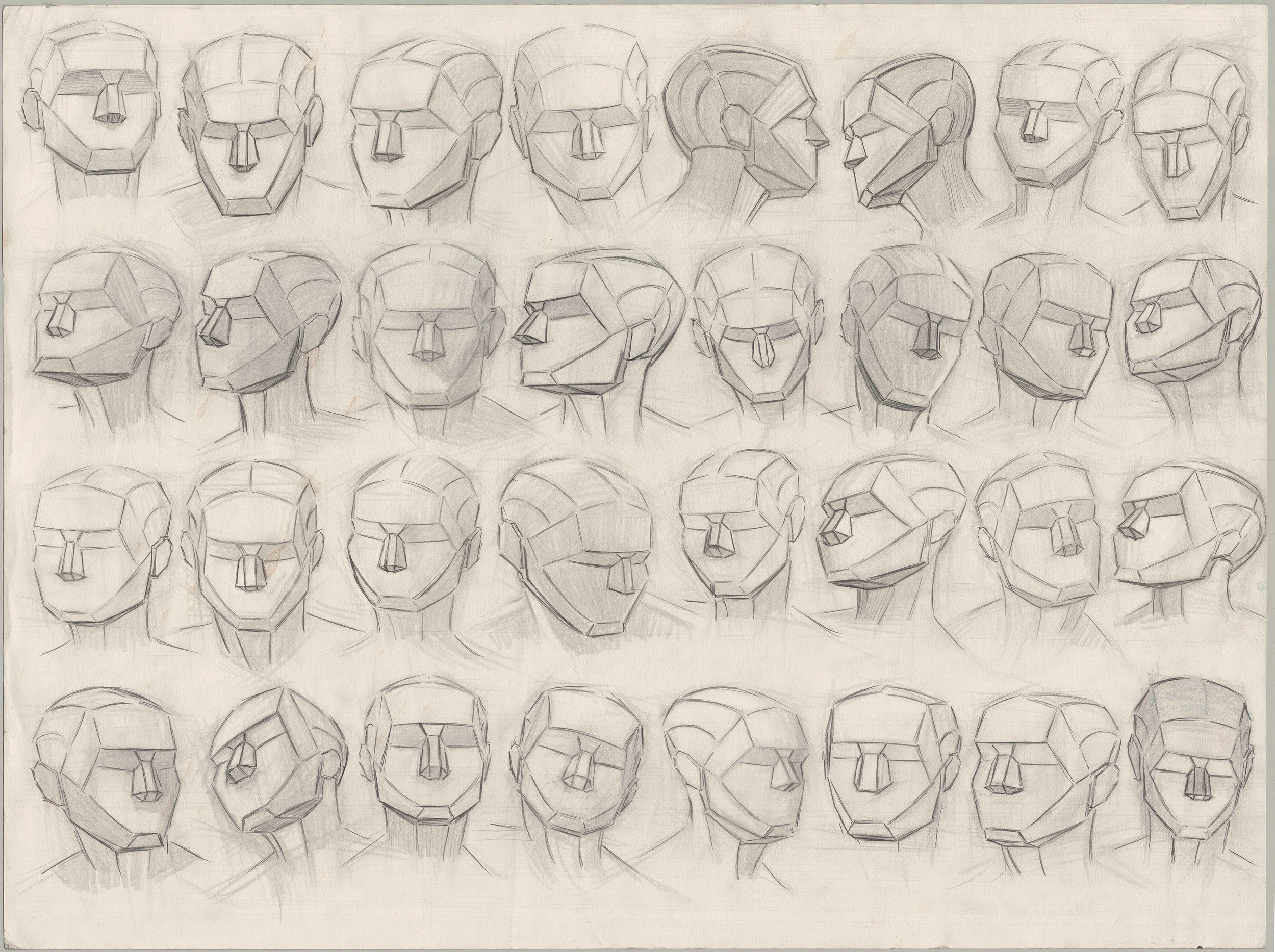
Drawing Basics.
Absolute Basics For The Beginner & Beyond.
Call this ‘Drawing 101.’
These are basics that apply no matter the subject matter. Regardless of focus, every artist should master these foundational concepts.
Use this list as a kind of ordered, functional glossary.
Sketchifer

Draftsmanship.
Pull Reference
Beginners don’t look at the reference enough. Look at the reference, look at the drawing, draw a line, repeat.
Hands on a Clock
Flat 2D angles, like hands on a clock
2D Space
Size, angle, and position. Size is how big? Angle is what tilt? Position is where on the paper the object is located
Proportion
Relative Size
Line Of Action
Denotes size, angle, & location
Construction Lines
Non-finished lines
Final Contour
Non-finished lines
Stroke Economy
Draw At An Angle
Drawing on a tilted surface is ergonomically more comfortable, & safeguards against injury. Additionally, the perpendicular angle prevents perspective distortion.
The Grid
Flat 2D angles, like hands on a clock
Line
A thin shape that helps describe form
Squaring
Placing an object inside of a square first. How wide, or how tall
Contour Block-in
The outline. Silhouettes are most important
Draw Lightly
Easier to erase. This doesn’t scratch the paper.
Positive & Negative Space
Non-finished lines
Draw Larger
Most beginners draw too small. Rule of thumb is draw at least the size of your hand. Take up the picture space.
Erase Once
…
Shape
Circle, square, triangles, and more still
Major Axis
Placing an object inside of a square first. How wide, or how tall
Overlap
Lines can intersect, or they can cross over. When they cross over, it shows 3D space
Late Committal
Spend 80% of your drawing time in the construction line phase
Hard / Soft Negative Space